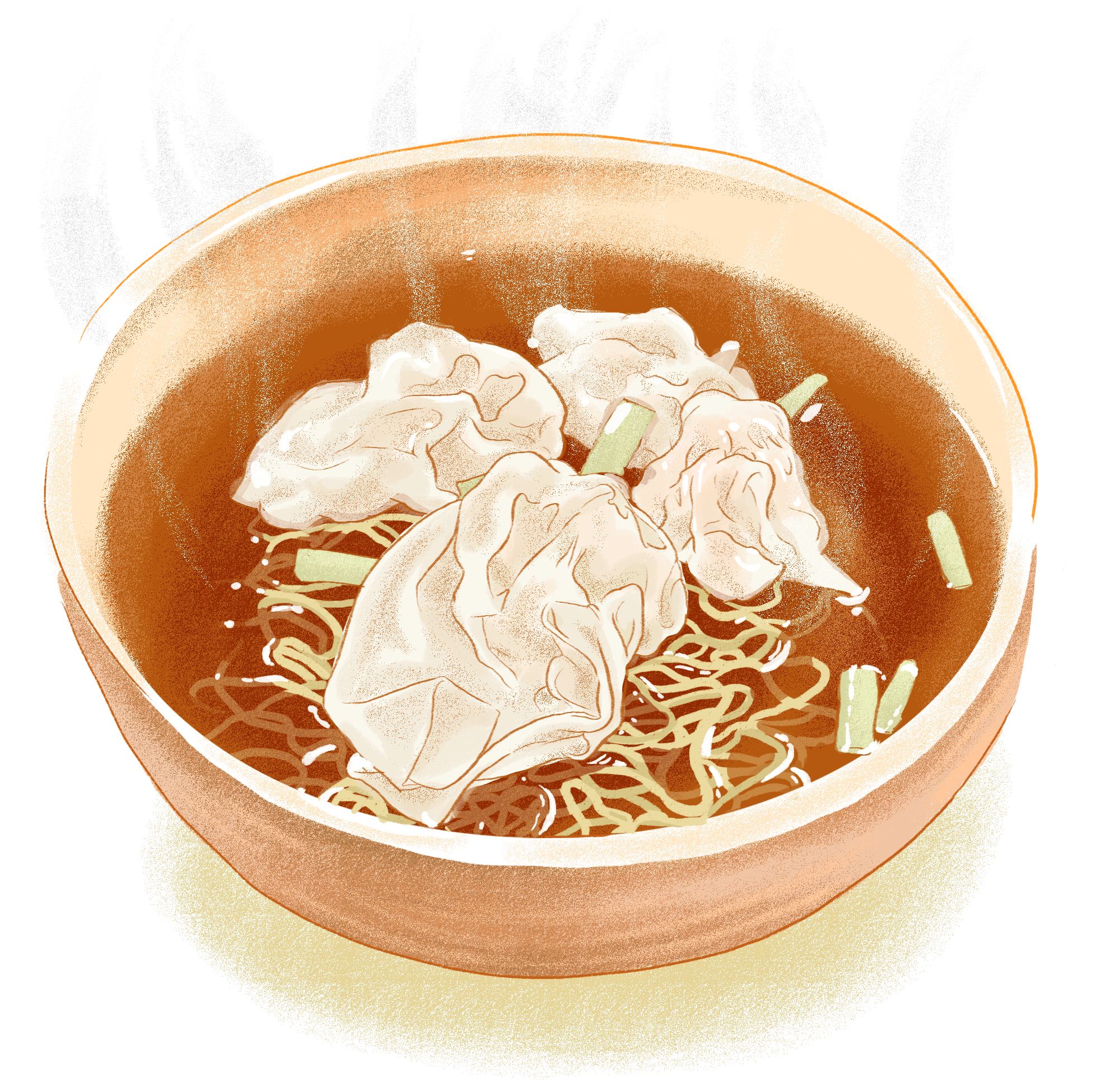
Deconstructing wonton noodles
Coordination: Tessa Chan


The noodles used at Mak’s consist of flour, duck eggs and kansui (a solution of potassium carbonate and sodium bicarbonate). This is similar to most wonton noodles in town, but the noodle dough here is kneaded the old-fashioned way – with a bamboo pole. The pole is tethered to the workbench, and the noodle maker straddles the pole, bouncing up and down to knead the dough. The kansui adds alkalinity turning the dough yellow and creating that firm, al dente feel.
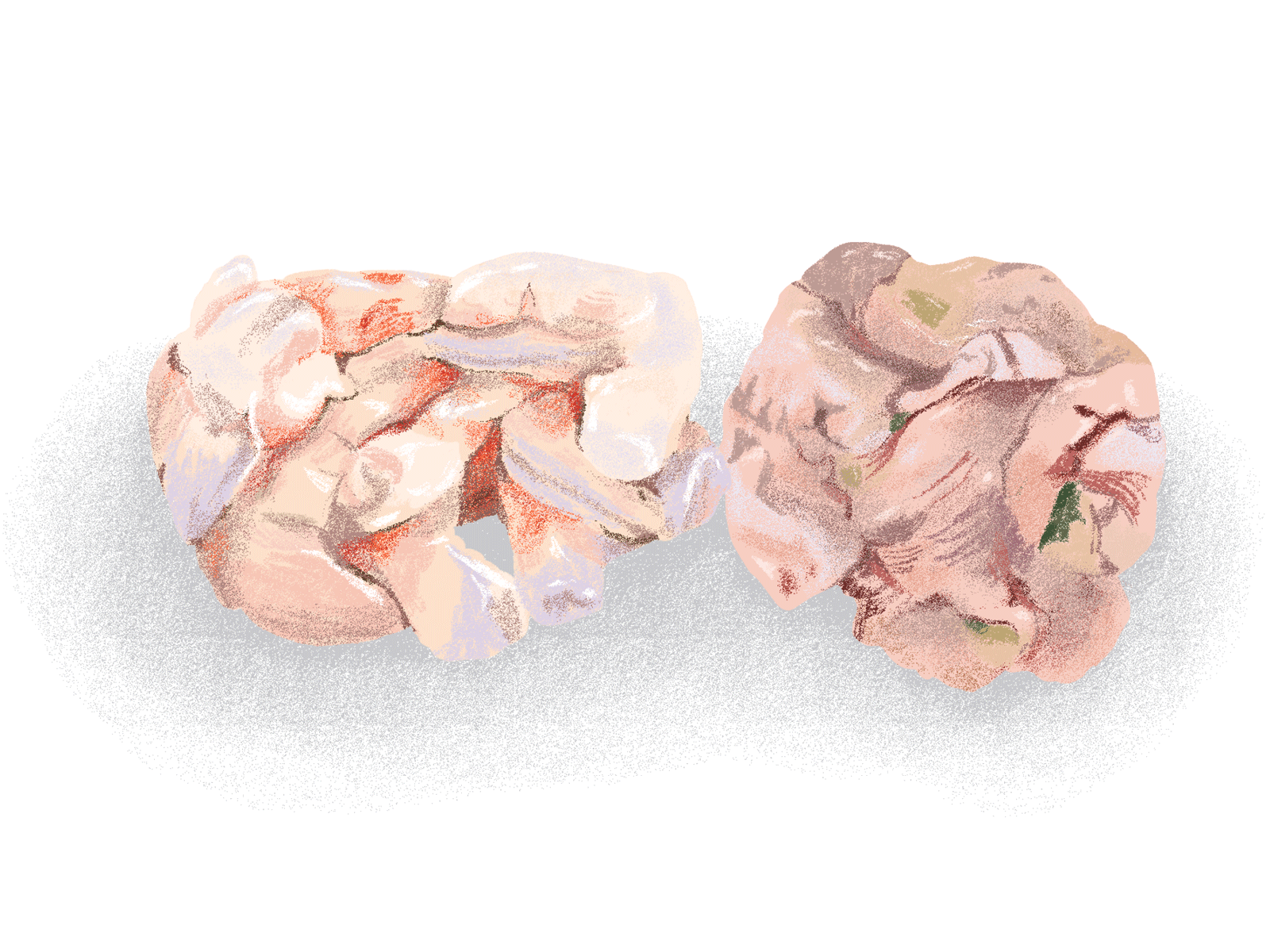
Prawns are the norm for wontons, and while many shops fill theirs with a combination of prawns and minced fatty pork, Mak’s version contain only prawns. To season and heighten the intensity of the prawns, a generous amount of shrimp roe is mixed in, along with powdered dried flounder. So Kong-shing, who runs the shop, says the mixture must be tossed around rigorously to develop the proteins in the prawns, which creates the desirable texture often described as “crunchiness”.
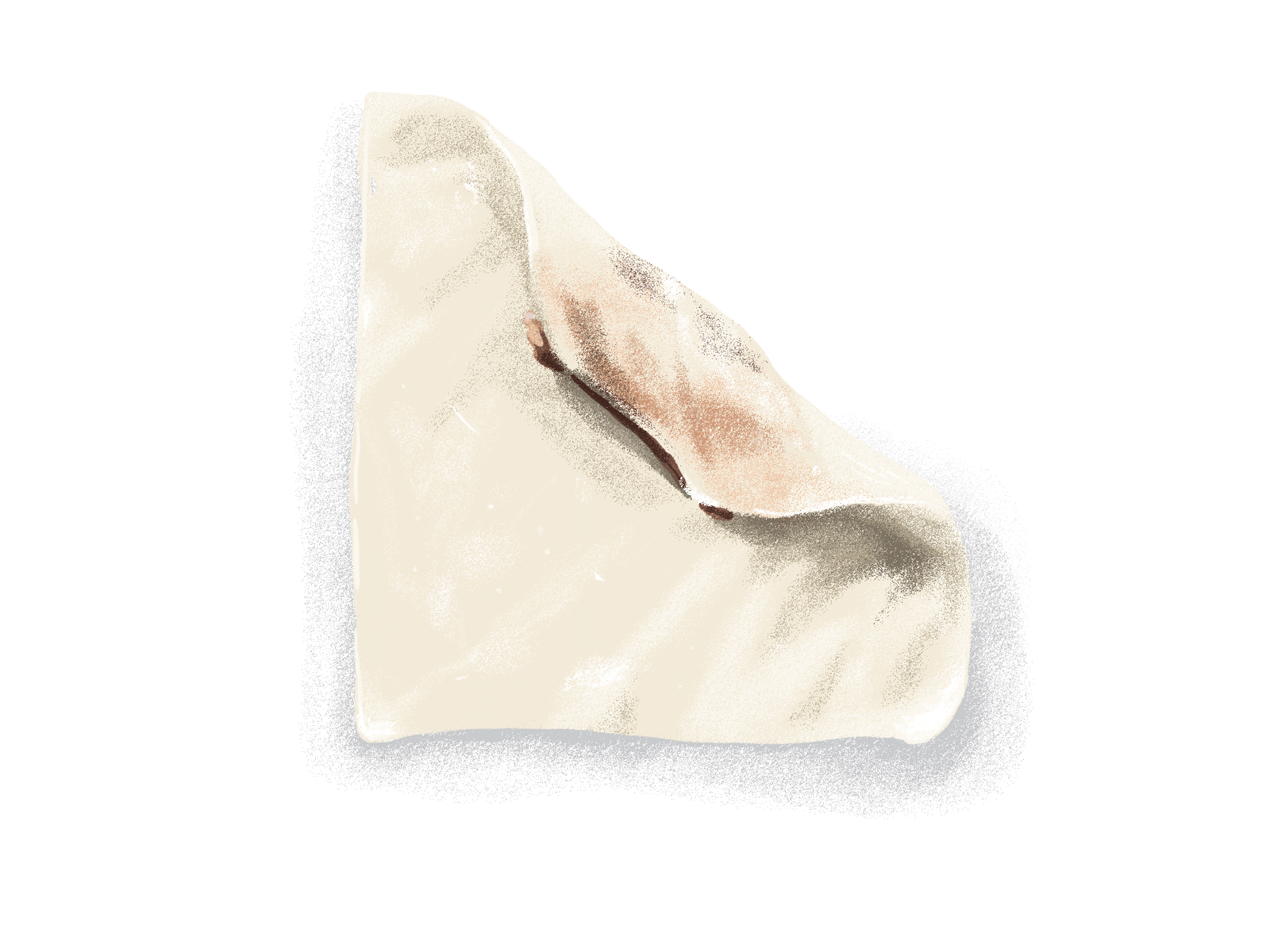
Like all wonton wrappers, plain wheat flour is used. The mark of a good dumpling is in its thickness – it should be so thin that you can almost see the exact ingredients of the filling. Wontons are made at the restaurant daily, into the classic “goldfish tail” shape. This is achieved by folding the square wrapper in half diagonally, and only using a small amount of wrapping. When cooked, the pointed corners float about in the broth, making them look like goldfish.
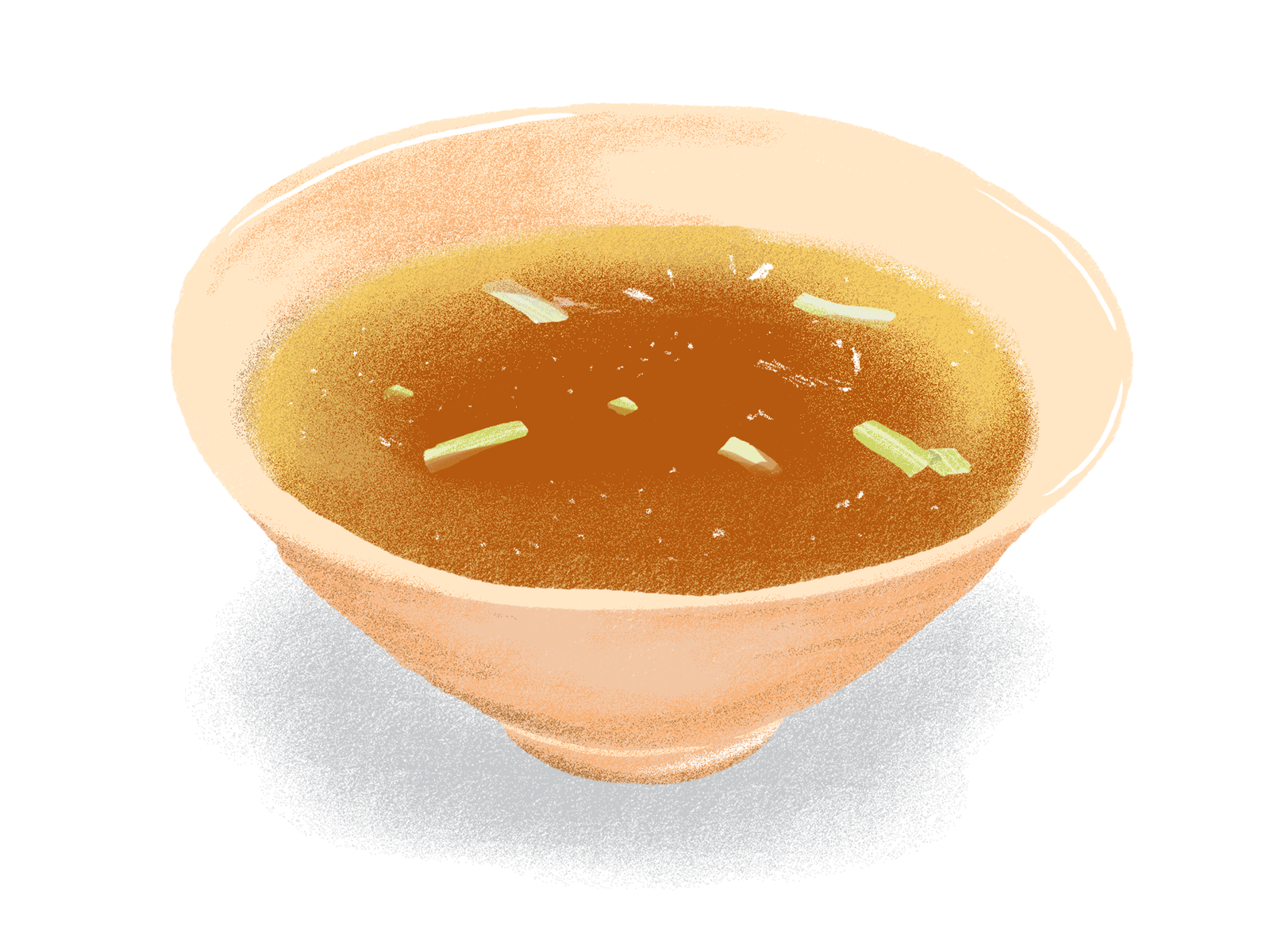
Pork bones, shrimp roe and dried flounder are the main ingredients of the broth. The dried flounder is toasted in an empty wok to caramelise and intensify the natural sweetness of the fish. Pork bones are used to round out the seafood-heavy flavour. After more than three hours of simmering, the resulting broth is clear like a consommé.
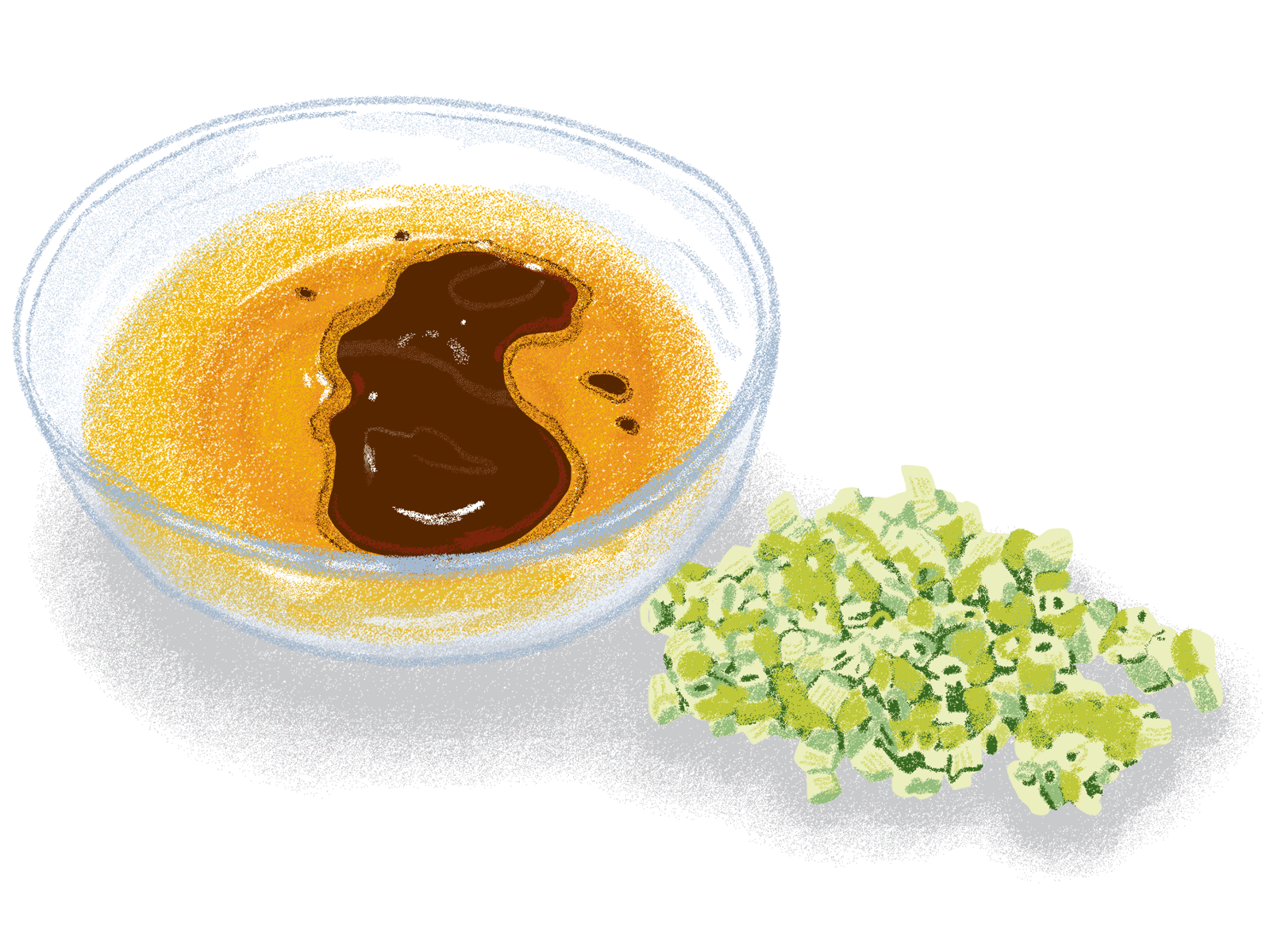
As the broth has only a minimal amount of fat, its texture can seem harsh and leave the tongue feeling dry. A dash of sesame oil is added to each bowl giving the broth more body and fragrance. Just before serving, a dash of light soy sauce and chopped Chinese chives are sprinkled over the top.